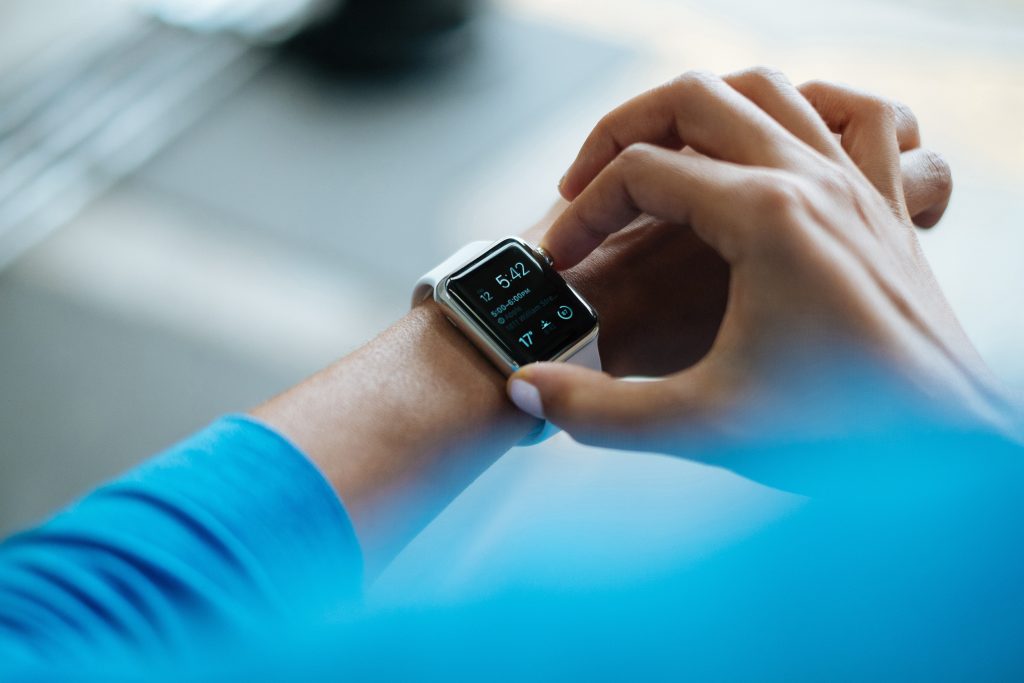Shame & Guilt
Study Coordinator: Sarah Laskowitz
The self-conscious emotions of shame and guilt are heavily implicated in several clinical disorders such as Major Depressive Disorder, Social Anxiety, and Post Traumatic Stress Disorder (PTSD). Specifically, shame and guilt are proposed to be powerful precursors of anxiety in those who have endured repeated or prolonged trauma. However, whereas a large body of research exists on the clinical implications of shame and guilt in relation to PTSD, very little is known about the neurocircuitry of shame and guilt processing in context of military or combat-related trauma. Through this project, we are investigating the neural basis of shame and guilt in veterans with posttraumatic stress disorder, using novel vignettes created from real veteran experiences. Research of shame and guilt as major contributors to PTSD symptoms is crucial in the development of novel therapeutics.
Moral Injury
Study Coordinator: Sarah Laskowitz
NFL Concussion Study
Study Coordinator: Amanda Watts

Repetitive head injuries and subconcussive impacts are common among collegiate and professional football players and multiple head injuries have been associated with accelerated aging. Because of the ambiguity of diagnosis and changes in awareness over the years this can be difficult to quantify for individual players. In addition, these athletes are subjected to pressures that lead to both acute and chronic stress that may also be linked to accelerated aging. Therefore, this longitudinal study, in conjunction with George Washington University, aims to use a rate of exposure to the sport of football to assess 1) changes to the brain through diffusion tensor imaging, resting-state functional connectivity, and gray matter volume, 2) changes in cognitive functioning through a comprehensive neuropsychological battery, and 3) changes in blood biomarkers through elevations in proteins and metabolites. This multifaceted assessment will provide a better picture of how a professional football player’s brain and body changes over time. For more information see the Study Website.
Brain Stimulation in Veterans with Mild Traumatic Brain Injury
Study Coordinator: Amanda Watts

Mild traumatic brain injuries (mTBIs), commonly referred to as concussions, are characterized as damage sustained to the brain due to accelerating or decelerating forces. Military personnel are at increased risk for mTBIs during both combat and training exercises, especially from explosive devices. These head injuries have been associated with mental health concerns including sleep disturbances, memory deficits, and suicidal ideation. This study, in collaboration with Teledyne Scientific & Imaging, LLC, aims to investigate the capability of transcranial direct current stimulation (tDCS), a non-invasive brain stimulation, in alleviating mTBI-related clinical symptoms. While Veterans sleep, they will wear a tDCS-emitting headband in the comfort of their own home for a few weeks. Through improvement in sleep, we hope to see a reduction in additional clinical symptoms including memory complaints and suicidal thoughts. The information gained in this study may shed light on possible benefits of tDCS for Veterans living with symptoms from a mTBI.
Fear Generalization and Threat Processing
Study Coordinator: Amanda Watts
White Matter Damage from Sub-concussive Blast Exposure
Study Coordinator: Heather Bouchard
Trauma and Genomics Modulate Brain Structure across Common Psychiatric Disorders
Project Managers: Emily Clarke & Sarah Laskowitz
Dr. Morey co-leads the PTSD Neuroimaging Workgroup for the Psychiatric Genomics Consortium (PGC) PTSD Workgroup. As part of the wider ENIGMA (Enhancing Neuro Imaging Genetics through Meta-Analysis) network and PGC consortia, the Neuroimaging Workgroup seeks to investigate the neural and genetic underpinnings of PTSD via anatomical and functional MRI imaging and genome-wide association studies. For more information, see pgc-ptsd.com.
ENIGMA Military Brain Injury
Project Coordinators: Heather Bouchard & Sarah Laskowitz
Similar to ENIGMA-PGC PTSD, the lab also contributes data to the military subgroup of ENIGMA Brain Injury. See the
ENIGMA Military Brain Injury site for more information.
Predicting the Impact of Climate Change on Mental Health
Contributor: Molly Monsour (Honors Thesis)
Clinical Pathology of Mild Traumatic Brain Injury in Veterans
Contributors: Clare Kehoe (Honors Thesis), Heather Bouchard, & Courtney Haswell
Despite increasing prevalence of mild traumatic brain injury (mTBI) in soldiers exposed to explosive forces (primary blast) in Iraq and Afghanistan, there are still large gaps in understanding both the acute and long-term neurological effects of blast exposures. Previous studies have shown degradation of white matter in patients with mTBI but there has been minimal research examining the effects of impact in the absence of clinical symptoms. This study will assess white matter integrity using diffusion tensor imaging (DTI) and magnetic resonance imaging (MRI) in previously deployed veterans with a history of primary blast exposure with and without clinical symptoms of mTBI at time of exposure. This data can confirm that brain damages can be more accurately predicted by the type of exposure rather than the symptoms the patient reports, arguing for a new approach to diagnosis that utilizes both clinical history and observable acute symptoms in addition to novel imaging-based diagnostic criteria that look below the surface at pathology.
Network Analysis of PTSD Symptomatology
Contributors: Rachel Phillips & Delin Sun

Recent work inspired by graph theory has begun to conceptualize mental disorders as networks of interacting symptoms. Posttraumatic Stress Disorder (PTSD) symptom networks have been investigated in clinical samples of military veterans, natural disaster survivors, civilian survivors of war, and child sexual abuse survivors, but not in samples with subthreshold PTSD. Despite reliable symptom interactions across reported networks, more work is needed to compare central symptoms across trauma types. Networks were estimated using regularized partial correlation models in the R-package qgraph, and robustness tests were performed with bootnet. Frequently co-occurring symptom pairs (strong network connections) emerged between both avoidance symptoms (C1:C2), hypervigilance and startle response (E3:E4), loss of interest and detachment (D5:D6), as well as detachment and restricted affect (D6:D7). With the tools implemented here, researchers can eventually help refine diagnostic criteria for PTSD, develop more accurate measures for assessing PTSD, and eventually inform targeted therapies on symptoms most likely to promote a functional recovery.
Wearable Technology for Anxiety Reduction
Contributors: Arnav Pondicherry
Arnav’s project in the Morey lab is to develop a mobile application that applies machine learning algorithms to predict anxiety from physiologic data collected by wearable sensors. The ultimate goal of the project is to deliver a psychotherapeutic intervention through the application after anxiety is detected in order to provide symptomatic relief. If successful, the project would demonstrate the utility of continuous, real-time physiologic sensing in a real-world setting.







